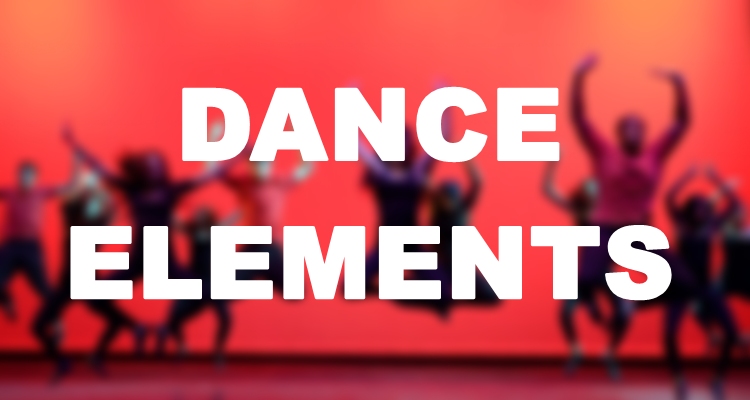Understanding dance elements and how they are connected with each other.
DANCE ELEMENTS – These elements help people develop movement skills and explain dance itself as an artistic practice.
“A dance, as a work of art, must be constructed as well as a beautiful building. A dance must have a beginning, development, and climax—just as a building has foundations, walls, and roof,” says Ted Shawn.

Dance is an art form of the human body. It demands the body to move using the arms, legs, head, and torso. But the art of this movement doesn’t stop at moving alone, as there are elements you need to understand to know this art deeply. These elements are the basic building blocks of dance, which describe movement and assist the ability to analyze, interpret, and speak/write about dance as an artistic practice.
The elements
- BODY
The body is what the audience sees, which moves when someone is dancing. It can do a variety of actions and still pose and use the whole body or emphasize one part of the body. There are different body shapes, such as curved, straight, angular, twisted, wide, narrow, symmetrical, or asymmetrical.
- ACTION
What do dancers do? They move, and there are two types of movement: locomotor and non-locomotor. Locomotor movements are running, jumping, walking, sliding, hopping, skipping, somersaulting, leaping, crawling, galloping, rolling, and many others. Non-locomotor movements are bending, stretching, swinging, rising, falling, shaking, turning, rocking, tipping, suspending, and twisting.
- SPACE
This is where the action occurs in endless ways, and these are the different perspectives of dancers about space:- Level: Is the movement on the floor or reaching upward? Are they performed high, medium, or low?
- Direction: Does the movement go forward, backward, sideways, right, left, or on a diagonal?
- Place: Is the movement done on the spot (personal space), or does it move through space (general space, downstage, upstage)?
- Orientation: Which way are the dancers facing?
- Pathway: Is the path through space made by the dancers curved, straight, or zigzagged? Or is it random?
- Size: Does the movement take up a small, narrow space or a big, wide space?
- Relationships: How are the dancers positioned in space in relationship to one another? Are they close together or far apart? Are they in front of, beside, behind, over, under, alone, or connected?
- TIME
When it comes to dancing, timing is everything. There is clock time to think about the length of a dance, timing relationships or when dancers move relative to each other, metered time, and free rhythm.
- ENERGY
This is how the dancers move through space and time. They move with energy. There are certain considerations such as attack, weight, flow, and quality.
The great way to remember these elements is BASTE: Body, Action, Space, Time, and Energy.
